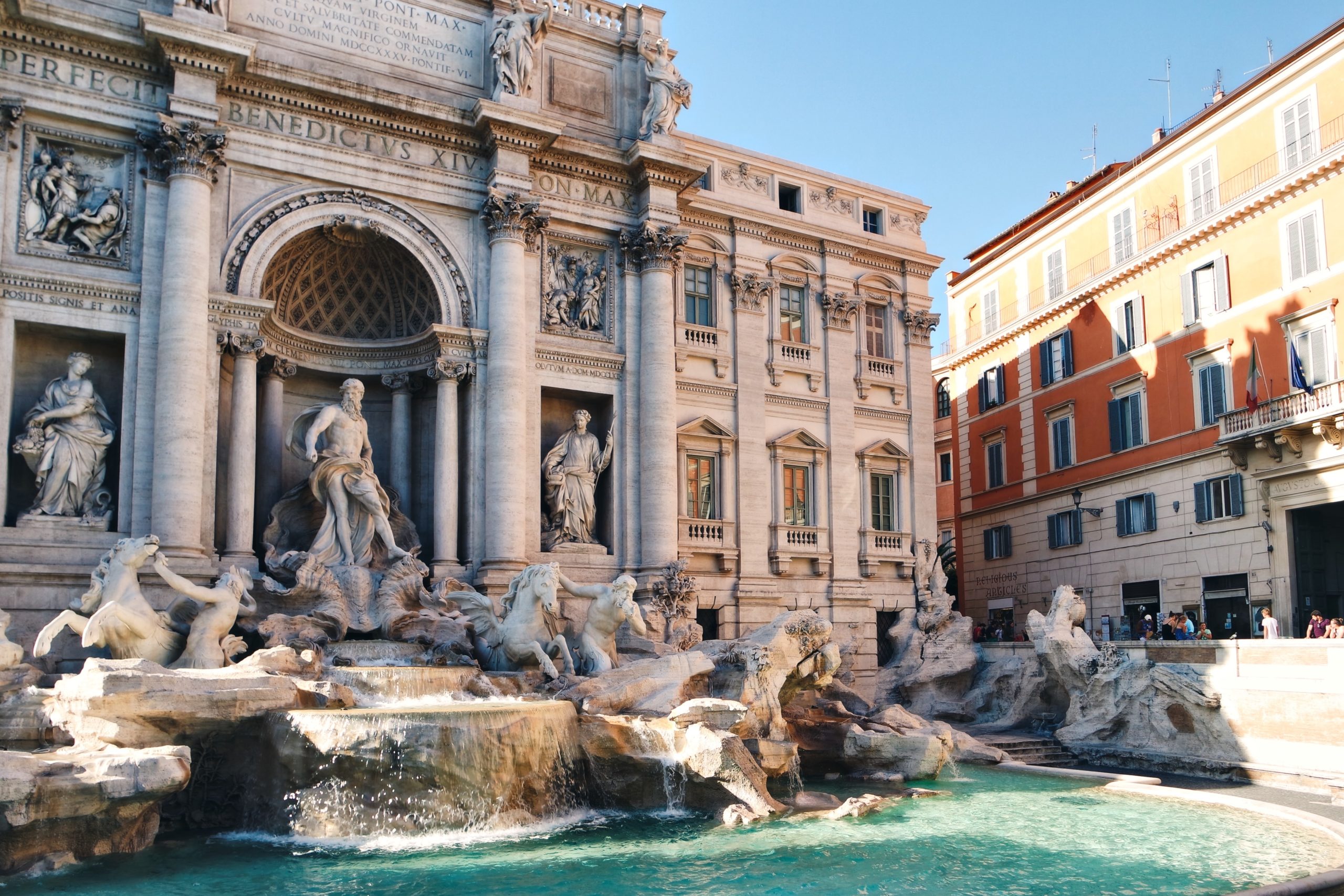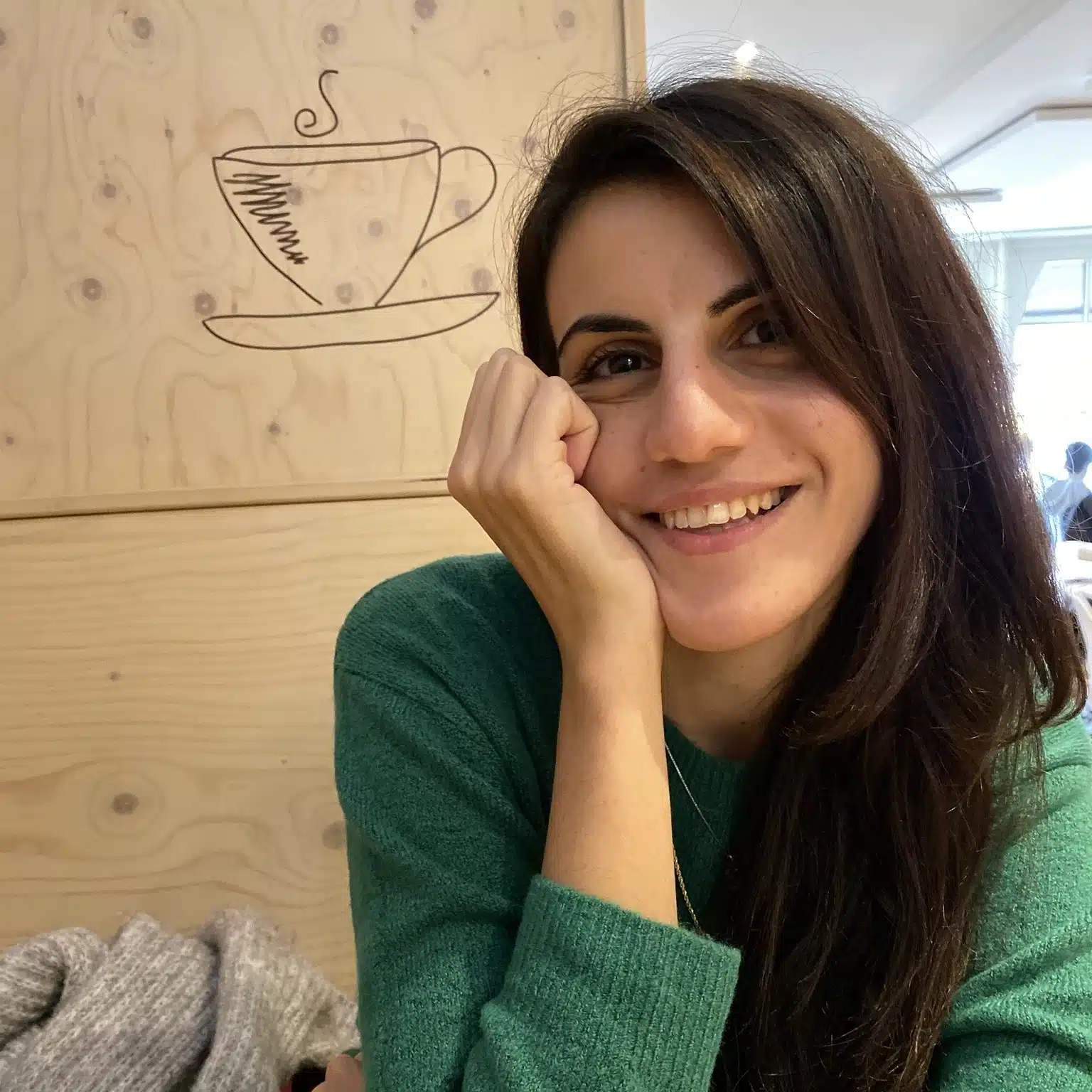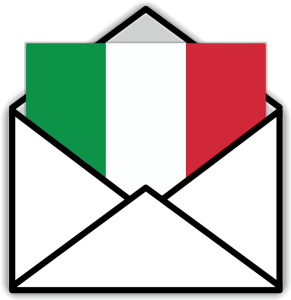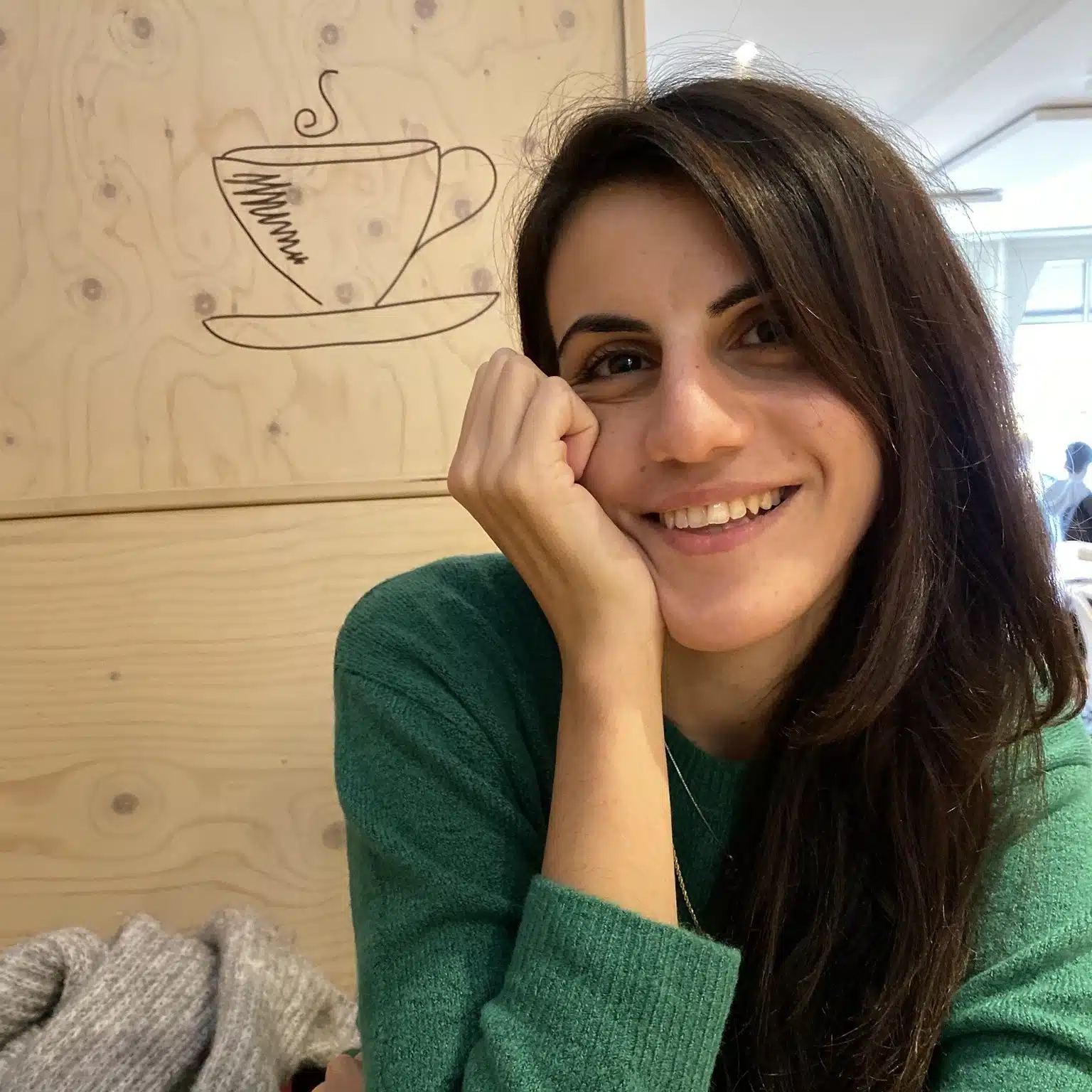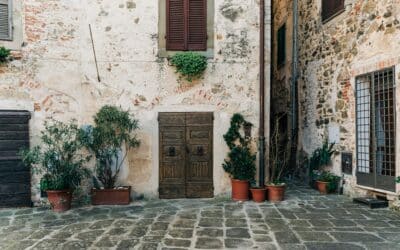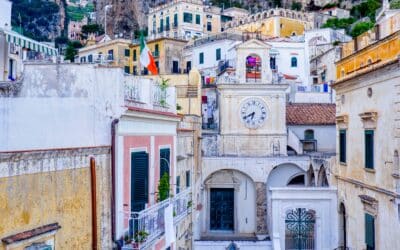What are adjectives?
Adjectives are those words that we use to describe and give additional information about something, like a person, a place, a situation, etc.
Nice, beautiful, small or interesting are common adjectives in English.
Bello, piccolo, interessante are common adjectives in Italian.
Italian vs. English
Is there any difference between the use of adjectives in Italian and English? Yes, there are two key distinctions.
- The position of adjectives is different in Italian. While in English you say “interesting story”, in Italian we would say “storia interessante”. So, the adjectives in Italian come after the nouns, not before them like in English.
- Unlike in English, in Italian, adjectives have a gender and a number. It means that an adjective, such as “bello,” can be used in either the masculine or feminine singular (bello/bella) or in the masculine or feminine plural (belli/belle). In short, it’s crucial to remember to change the form of an adjective when using it in Italian.
How to decline Italian adjectives?
The adjectives in Italian must agree in gender and number with the noun they refer to:
- If a noun is masculine singular the adjective must be masculine singular [l’appartamento nuovo – the new apartment]
- If the noun is feminine singular the adjective must be feminine singular [la casa nuova – the new house]
- If a noun is masculine plural the adjective must be masculine plural [gli appartamenti nuovi – the new apartments]
- If a noun is feminine plural the adjective must be feminine plural [le case nuove – the new houses]
There are two groups of adjectives, which for simplicity we can divide into first and second group:
- 1st group: adjectives ending in -O in their default form like: bello, piccolo, nuovo, moderno, buono
- 2nd group: adjectives ending in -E in their default form like: gentile, elegante, interessante
1st Group: adjectives ending in – O
The majority of Italian adjectives fall under the first category and, in their default form, end in – O. (the form any adjective is listed in a dictionary).
These adjectives follow the below “declination”.

Common adjectives ending with an – O:
bello (beautiful/handsome), bravo (talented), moderno (modern), antico (ancient), brutto (ugly), caldo (hot), freddo (cold), pulito (clean), sporco (dirty), leggero (light), lento (slow), alto (tall), basso (short), vecchio (old), magro (thin), grasso (fat)
2nd Group: adjectives ending in – E
There’s a number of adjective that in their default form (the way they are listed in a dictionary) end in – E. These adjectives have just one ending for the singular forms (for both feminine and masculine, like in interessante) and only one ending for plural forms (for both feminine and masculine, like in interessanti).
These adjectives follow the below “declination”.

Common Italian adjectives ending with an – E:
Gentile (kind), grande (big), interessante (interesting), elegante (elegant), pesante (heavy), veloce (fast), felice (happy), forte (strong), triste (sad), difficile (difficult), facile (easy), importante (important), giovane (young),
How do you determine whether an adjective belongs in the first or second group?
Sadly, there isn’t a rule. The majority of adjectives fall under the first category, so I’d suggest making a list of those that end in (since it would be a shorter list!)

